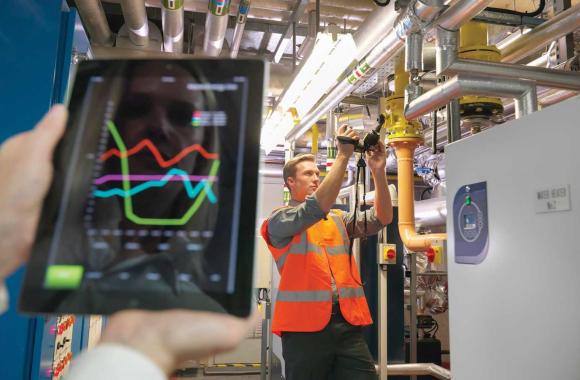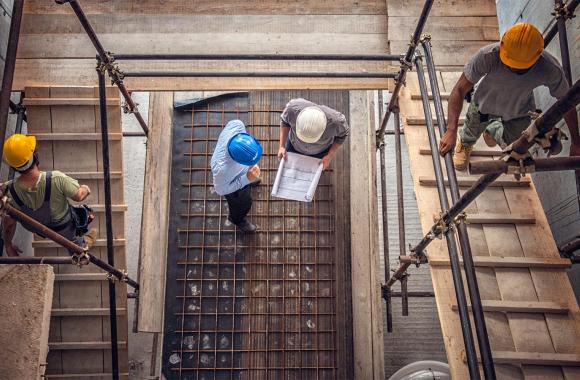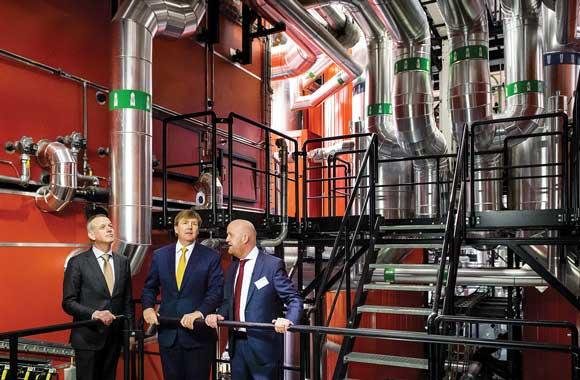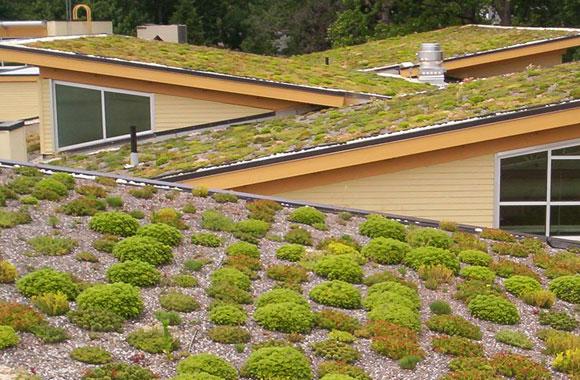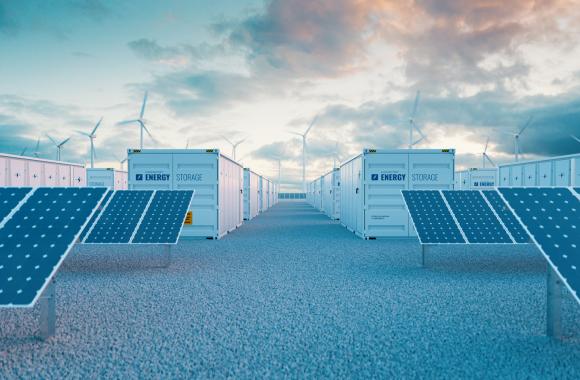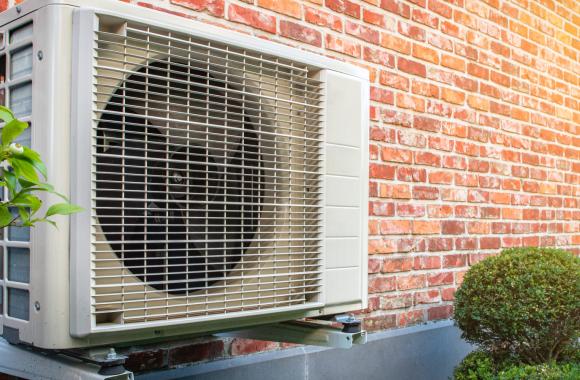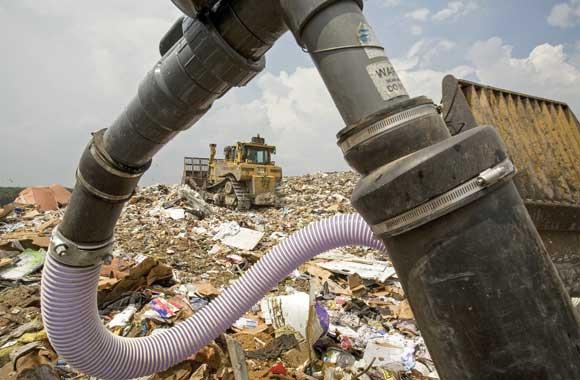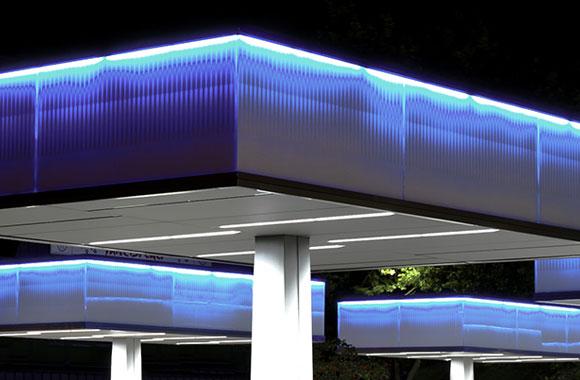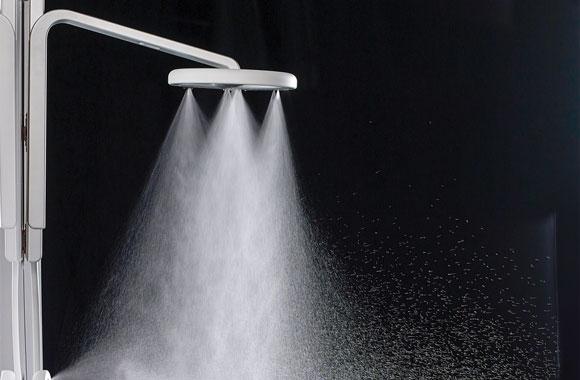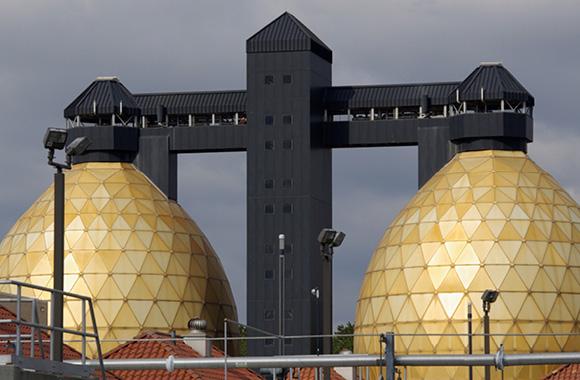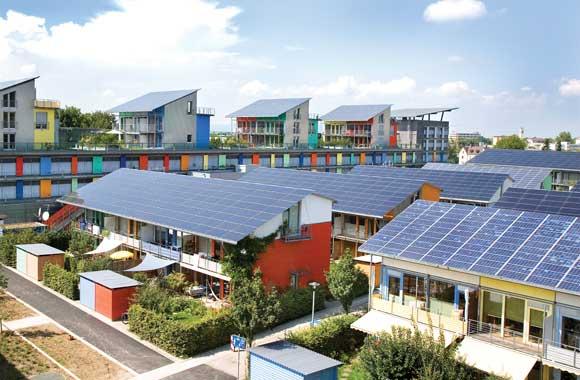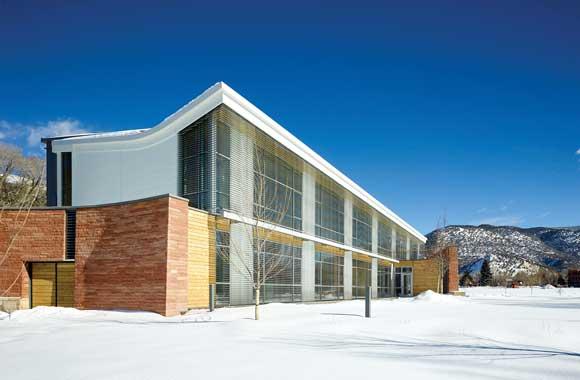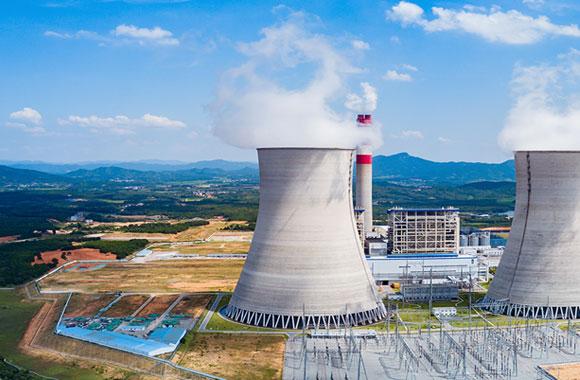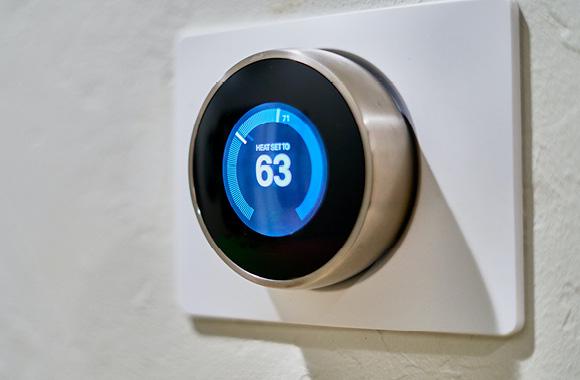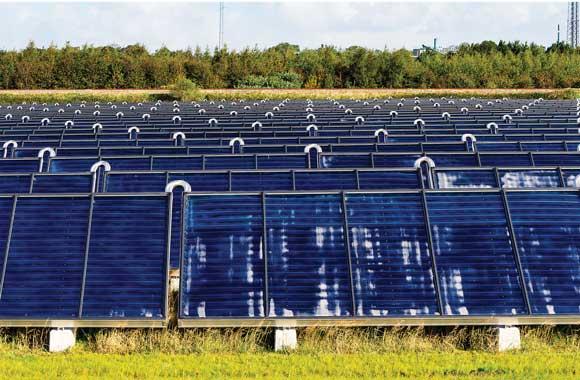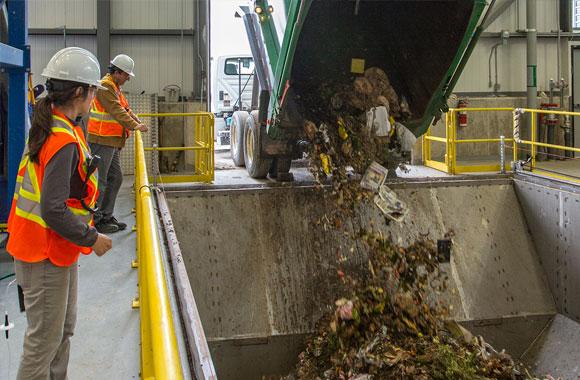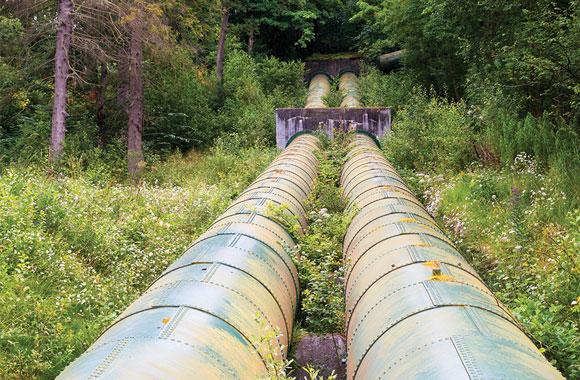Insulation
Insulation impedes unwanted airflow in or out of buildings. It reduces emissions by making heating and cooling more energy efficient.
Reduced/Sequestered
2020–2050
To Implement
Operational Savings
Impact
Retrofitting buildings with insulation is a cost-effective way to reduce energy required for heating and cooling. If annually, 1.6–2 percent of existing residential and commercial buildings in temperate and tropical countries install insulation with low-carbon materials, we could avoid 15.38–18.54 gigatons of emissions at an implementation cost of US$710.37–791.29 billion. Over the lifetime of the building, heating and cooling savings could be US$19.57–22.92 trillion.
Introduction
Insulation is one of the most practical and cost-effective ways to make buildings more energy efficient—both in new construction and through retrofitting older buildings. At relatively low cost, insulation reduces energy use while keeping out moisture and improving air quality.
Insulating the wall and roof surface area of buildings is one of the most accessible and effective ways to reduce heating and cooling energy use—and, therefore, greenhouse gas emissions—in the built environment.
Project Drawdown’s Insulation solution involves the use of high levels of improved materials in building envelopes that resist heat flow and regulate indoor temperatures in climate-appropriate regions. This solution replaces the conventional practice of using less thermal resistance in residential and commercial buildings.
Increasing insulation of older buildings through retrofit and increasing the thermal resistance of new building stock costs more than current normal practices, but has a significant return on investment from reductions in heating and cooling costs.
All insulating materials are not the same, however. Some require manufacturing processes that generate substantial emissions (known as embodied emissions of insulation). Low-carbon bio-based materials like wastepaper and hemp can lower these embodied emissions significantly, but they may not be applicable in all cases.
Methodology
To determine the emissions reduction potential of insulation, we analyzed the global stock of buildings to determine a total addressable market. We separated heating-dominated and cooling-dominated areas and estimated possible heat loss or heat gain due to buildings of today’s average u-values, a measure of heat loss in buildings, in different climate zones according to heating-degree days and cooling-degree days. We used the energy loss (gain) to estimate the energy demand for heating (cooling), which was then used to benchmark against global estimates for final space heating (cooling) energy. We then adjusted the u-values to align with passive house standards for heating-dominated climates (and slightly less ambitious for cooling-dominated) and estimated the thermal energy saved. We converted this to emissions according to global average heating and cooling energy emissions factors.
We also estimated the typical shares of materials used for insulation and estimated the embodied emissions of each, assuming that low-carbon materials like wastepaper (cellulose) and hemp increase from an estimated 6 percent of total to 30 percent.
Total Addressable Market
We based the total addressable market for insulation on estimated supply for commercial and residential building space from 2020 to 2050, derived from the International Energy Agency’s (IEA’s) data.
With very limited data, we estimated current global adoption of insulation (defined as the amount of functional demand supplied in 2018) at 30 percent.
Adoption Scenarios
We calculated impacts of increased adoption of insulation from 2020 to 2050 by comparing two growth scenarios with a reference scenario in which the market share was fixed at current levels.
- Scenario 1: the insulation retrofit rate is 1.6 percent. The solution is adopted for 153,310.52 million square meters of residential floor area (66 percent of the total addressable market).
- Scenario 2: the insulation retrofit rate is 2 percent. The solution is adopted for 162,918.03 million square meters of residential floor area (70 percent of the total addressable market).
Emissions Model
We based emissions assumptions on 1) emissions factors related to heating fuel and grid electricity factors for cooling energy using global average heating and cooling demands and 2) emissions factors from the Intergovernmental Panel on Climate Change (IPCC). We collected information on embodied emissions from typical insulation materials from industry sources.
Financial Model
All monetary values are presented in 2014 US$.
We collected and assessed financial variables for the costs of a variety of common insulation materials, including cellulose, polyurethane, stone, and glass wools. We estimated the thickness of each material to obtain the u-value and used the results to price the per square-meter insulation needed for each material before weighting by market demand. We took into consideration the fact that over time market shares will shift as more low-carbon materials are used. We estimated the average first cost of insulated surface at US$4.00 per square meter, more than typical levels of insulation. We derived operational savings by multiplying the reduced heating and cooling use by the average costs for the type of heating or cooling delivered.
Integration
We integrated the insulation solution with others in the Buildings sector by first prioritizing all solutions according to the point of impact on building energy usage. This meant that building envelope solutions such as the Insulation solution were first, building systems solutions such as the Building Automation Systems solutions were second, and building applications solutions such as the High-Efficiency Heat Pumps solution were last. We calculated the impact on building energy demand for the highest priority solutions, then adjusted lower-priority solutions accordingly. Insulation was the first solution to be considered because of the low cost, likely adoption, and significant mitigation impact. All other building envelope and building solutions impacting heating and cooling use were impacted by insulation at the point of integration.
Because this model depends partly on the supply of low-carbon biogenic materials such as hemp and waste materials such as wastepaper, our integrated biomass and integrated waste models included allocations for Insulation to eliminate double counting or unrealistic projections.
Results
Scenario 1 results show a mitigation impact of 15.38 gigatons of carbon dioxide equivalent emissions over 2020–2050 and US$19.57 trillion in lifetime net operational savings. This scenario estimates an additional US$710.37 billion in net first cost to implement.
The increased adoption of insulation in Scenario 2 results in a mitigation impact of 18.54 gigatons of emissions for a net first cost of US$791.29 billion. It does, however, save an estimated US$22.92 trillion in lifetime net operational savings.
Discussion
There is little peer-reviewed literature assessing the potential global increased adoption of insulation, so our modeling required a significant number of assumptions and reasoned extrapolations of the data that do exist. Temperature variation and human comfort levels in buildings can significantly affect the impact of insulation. Anthropogenic global warming is expected to decrease average energy used for heating buildings worldwide, but also drive more electricity use for cooling. We did not consider these effects in our model prognostications.
The impact of the low-carbon materials was significant. The building industry is coming to realize that unless embodied emissions are taken into account when retrofitting or designing new buildings, the built environment may generate significantly more emissions than are typically accounted for. The need to have a holistic view on emissions caused by building construction is increasingly recognized.
One reason we did not apply the passive house standard to cooling-dominated climates is the large increase in embodied emissions that we estimated would occur to install insulation of such a high level. Part of this, we believe, is due to higher temperatures in some countries and limited wealth in others. Combined, these result in lower use of cooling energy in the conventional case than what our data would suggest.
What You Can Do
Audit your home’s energy efficiency and add insulation as indicated.
Find out who makes decisions about maintaining the building(s) associated with your work. Encourage them to look into opportunities to improve energy efficiency.
- Expand your knowledge by exploring another Drawdown solution.
Co-benefits
Insulation reduces energy bills.



